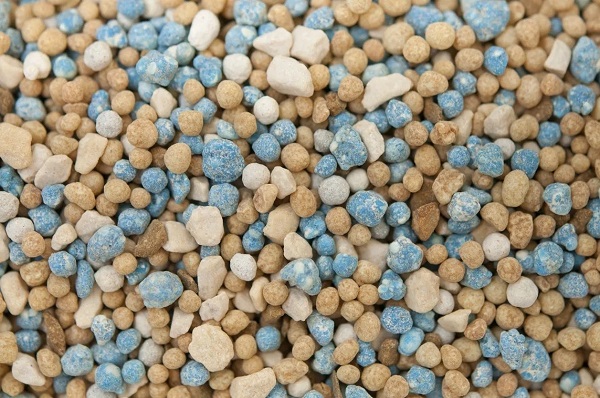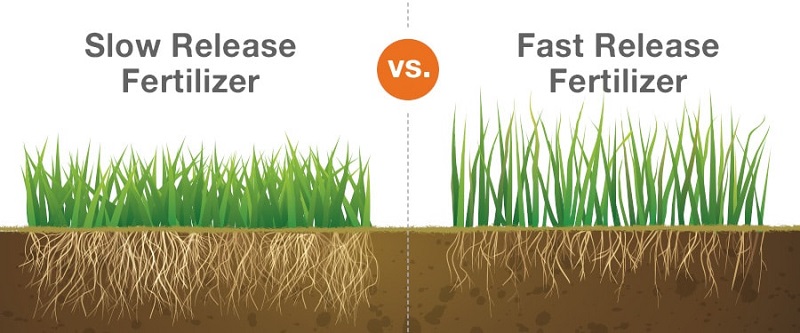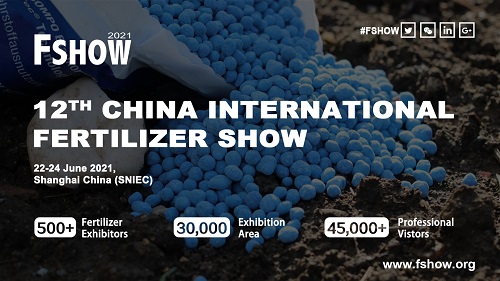
Exhibition time: 17-19 March, 2026 Shanghai, China
 中文
中文

Exhibition time: 17-19 March, 2026 Shanghai, China
 中文
中文
There is no shortage of different types of nitrogen available when it comes to designing a nutrient management plan for your turf. There are, however, some very distinct differences on how each type actually provides the nitrogen. Understanding how each of the three major types (beyond straight urea) functions and differs from one another becomes the key in utilizing the proper one to achieve the expected performance from your turf.

The two most common types are called “slow release nitrogen” (SRN) and “controlled release nitrogen” (CRN). Many times these terms are used interchangeably, but they really shouldn’t be; they do not mean the same thing. While they both release nitrogen at a slower rate than straight urea, the mechanism of their release is vastly different.
At the most basic level, SRN and CRN sources are separate by one defining attribute, coated or non-coated. SRN does not employ any type of coating to provide extended release nitrogen, while CRN is completely dependent on coatings to delay the release of nitrogen. These coatings are at the heart of the main difference between the two nitrogen types.
SLOW RELEASE NITROGEN (SRN)
Slow release nitrogen’s most popular form is methylene urea which is created through a manufacturing process where long-chain molecules are created by chemically combining a nitrogen source with an aldehyde. These long-chain molecules provide the delayed release of nitrogen by being broken down by the microbes in the soil feeding on them at predictable rates. The microbial activity slowly breaks down the molecules, converting it to ammonium nitrogen, which then becomes ammonium nitrate. Ammonium nitrate is the only form of nitrogen that the turf plant can uptake and use.

It should be highlighted that the duration of release in a slow-release nitrogen type is controlled by the effectiveness of the microbial organism’s molecular breakdown which is dependent on other environmental factors. These factors include the properties of the growing medium, moisture levels and temperature. The hotter and wetter the soil is, the more active the microbes are which will lead to increased nitrogen release.
It’s been well documented that the release rate of SRN very closely mimics that of the turf plants innate needs for nitrogen, meaning that the nitrogen is being supplied to the plant at the same time as it is needing it. In cooler weather when the plant grows much slower and it’s nitrogen needs are much lower, the amount of microbial activity is also decreased so there is no nitrogen loss to the soil. This is one of the largest benefits of SRN when it comes to choosing the proper nitrogen type for your turf.
CONTROLLED RELEASE NITROGEN (CRN)
Controlled release nitrogen differs fundamentally from SRN in both technology and mode of nitrogen release. CRN particles are completely encapsulated in a organic resin or polymer coatings. These coatings are the secret to delaying the release of nitrogen in a CRN type.
The coatings on the CRN particles act as a semi-permeable membrane – a barrier to some molecules, but allowing certain different molecules to pass through. When CRN is applied to an adequately-moist growing medium, there is a one-way passage of water through the coating to the inside of the particle. This phenomenon is called ‘osmosis’. The absorbed water partially dissolves the urea inside the prill to create a highly-concentrated solution. At this point, the CRN diffuses the urea solution out of the particle into the soil medium.

The rate of nitrogen release for CRN types are heavily affected by both soil moisture and temperature. Adequate moisture level is critical for the reaction to take place inside the CRN particle and the temperature of the soil directly impacts the permeability of the pore spaces of the coating.
BENEFITS OF USING SRN AND CRN
The major benefits from using slow release or controlled release fertilizers over readily-soluble ‘straight’ fertilizers in a nutrient management plan include:
Slower release rates mean longer-term feeding and minimal nutrient wastage through leaching
SRN duration 12 to 16 weeks
CRN duration 10 to 14 weeks
A high degree of control over release rates, duration and pattern that ultimately delivers better synchronization with plants nitrogen demand
Improved plant growth and health (plants get what they need as they need it)
Reduced frequency of application, with associated lower labor costs

STABILIZED NITROGEN
Stabilized nitrogen products, sometimes called “inhibitors,” are often misunderstood. Their use extends the time that nitrogen remains in the form of urea or ammonium in the soil, but they’re not the same as slow or controlled-release fertilizers. While they do have an impact on nitrogen availability, they work differently than some of the more familiar products like sulfur-coated urea, methylene urea, or polymer coated urea. In short, stabilized nitrogen extend the amount of time that nitrogen is available for plant uptake.
Before plants can take up nitrogen from urea fertilizer, that urea must be converted via two processes, the first of which is called hydrolysis. Urea is broken down into ammonium, and the urease enzyme is an important element of that process. There’s also a potential loss mechanism called “volatilization” where the ammonium is converted to ammonia gas and releases into the atmosphere. Stabilized nitrogen inhibits this urease enzyme from doing it’s job for several days.
The second step in the process is called “nitrification,” where ammonium is converted to nitrate. Both ammonium and nitrate can be taken up by the plant, but because ammonium is positively charged, it can be attracted to and held by negatively charged soil particles. Nitrate is negatively charged, so it’s not attracted to soil particles and can therefore leach from the system with excess water. Stabilized nitrogen prevents this conversion from ammonium to nitrate allowing more time to be taken up by the plant.
BENEFITS OF USING STABILIZED NITROGEN
Potential advantages of utilizing stabilized nitrogen over readily-soluble ‘straight’ fertilizers in a nutrient management plan include:
Economical option for extending the life of straight urea in the soil and losing it through volatilization into the atmosphere
Stabilized Nitrogen duration 2 to 4 weeks
Reduces associated environmental threats with using straight urea
From LEBANONTURF
